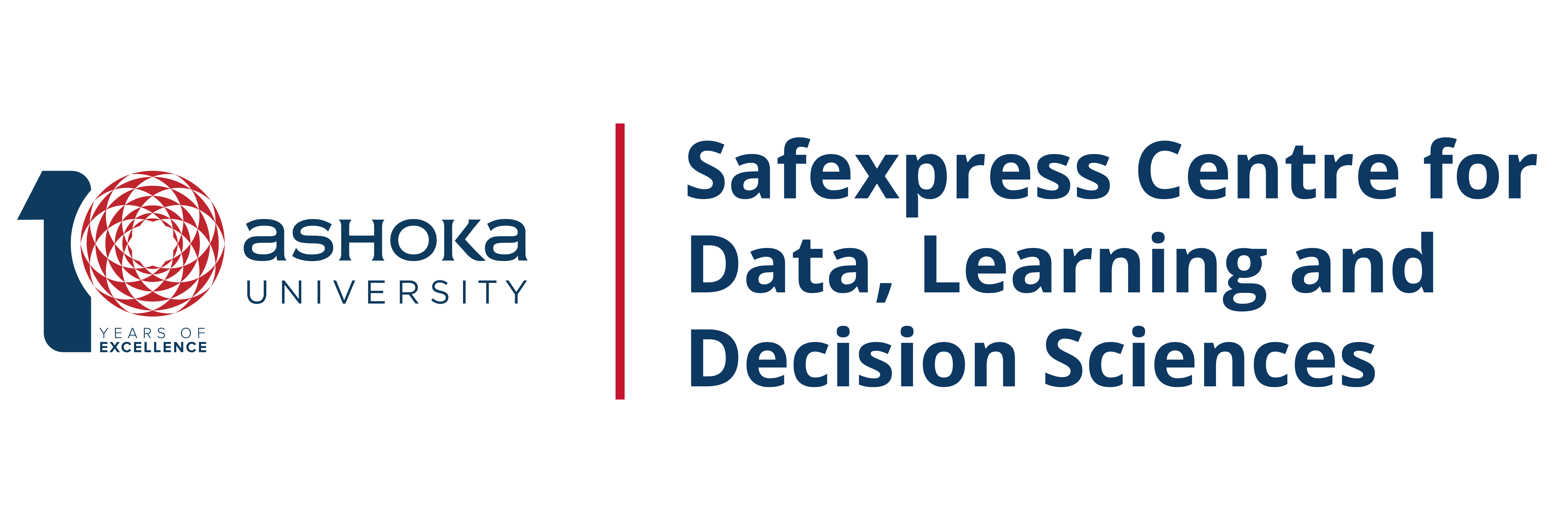
SCDLDS Technical Seminar


by Michael Gordy

Federal Reserve Board
USA
Michael Gordy is a 30-year veteran of the Federal Reserve Board in Washington DC. His current research focus is econometrics, specifically in backtesting of forecast distributions and in machine learning. At the Fed, Michael serves as chief of a research unit that provides expertise on systemic risks in derivative markets, stress testing of dealer trading books, Treasury market reform, and market liquidity. He has held visiting appointments at Princeton and at Indian School of Business, and has served as co-Editor-in-Chief of the Journal of Credit Risk and as an associate editor of the Journal of Banking and Finance and the International Journal of Central Banking. In recognition of his contributions to the Basel II Capital Accord, Michael received Risk Magazine’s 2004 Quant of the Year and GARP’s 2003 Financial Risk Manager of the Year awards. Michael received his PhD in Economics from MIT in 1994.
Abstract: In this talk, we begin with a broad overview of risk management in the trading operations of large banks. At the heart of these management systems lies a forecast model for the distribution of profit and loss (P&L) over the next trading day. The empirical validity of this model is assessed by backtesting of the model’s out-of-sample historical performance. Such backtests play a key role in supervisory examination of trading operations and in setting capital requirements.
We study a class of backtests in which the test statistic depends on a spectral transformation that weights exceedance events by a function of the modeled probability level. The weighting scheme is specified by a kernel measure which makes explicit the user’s priorities for model performance. We show how the class embeds a wide variety of backtests in the existing literature, and further propose novel variants which are easily implemented, well-sized and have good power. This framework is extended to allow general Lebesgue-Stieltjes kernel measures with unbounded distribution functions, which brings powerful new tests into the spectral class. Moreover, by considering uniform distribution preserving transformations of PIT values the test framework is generalized to allow tests that are focused on both tails of the forecast distribution.